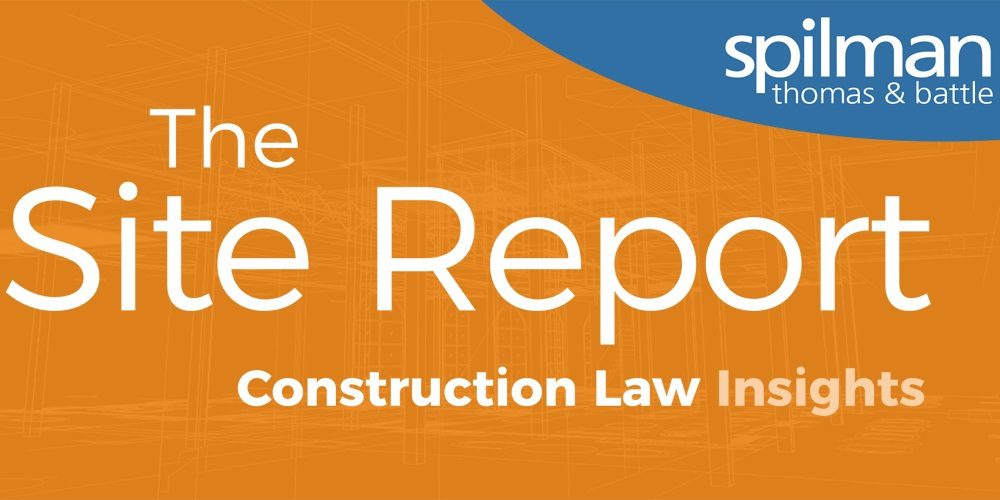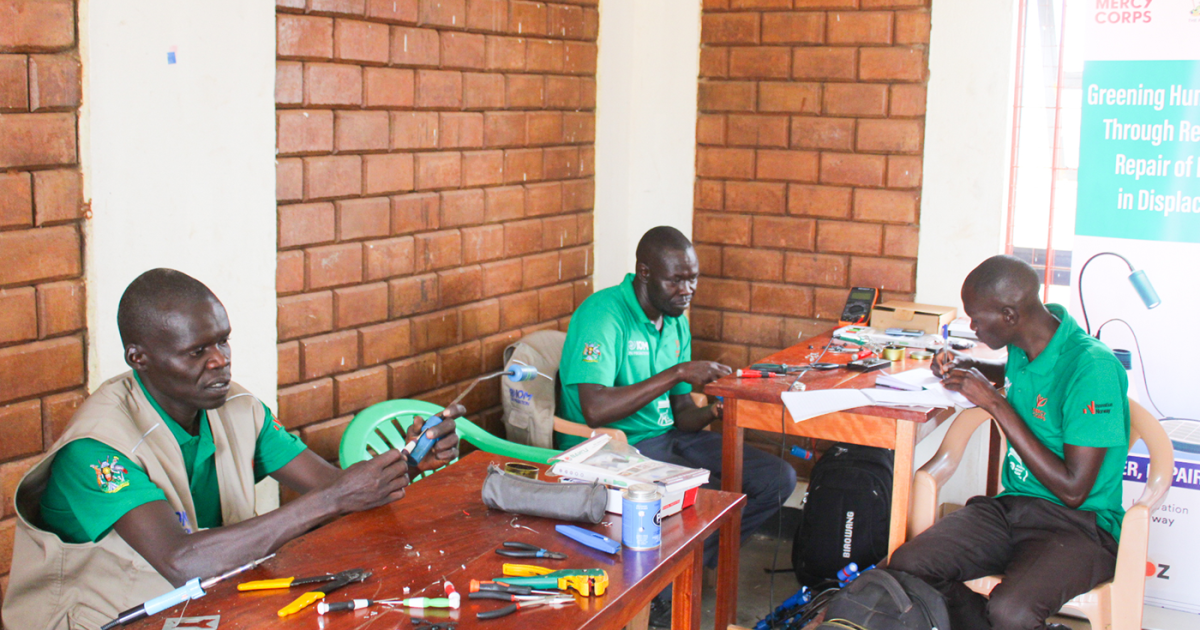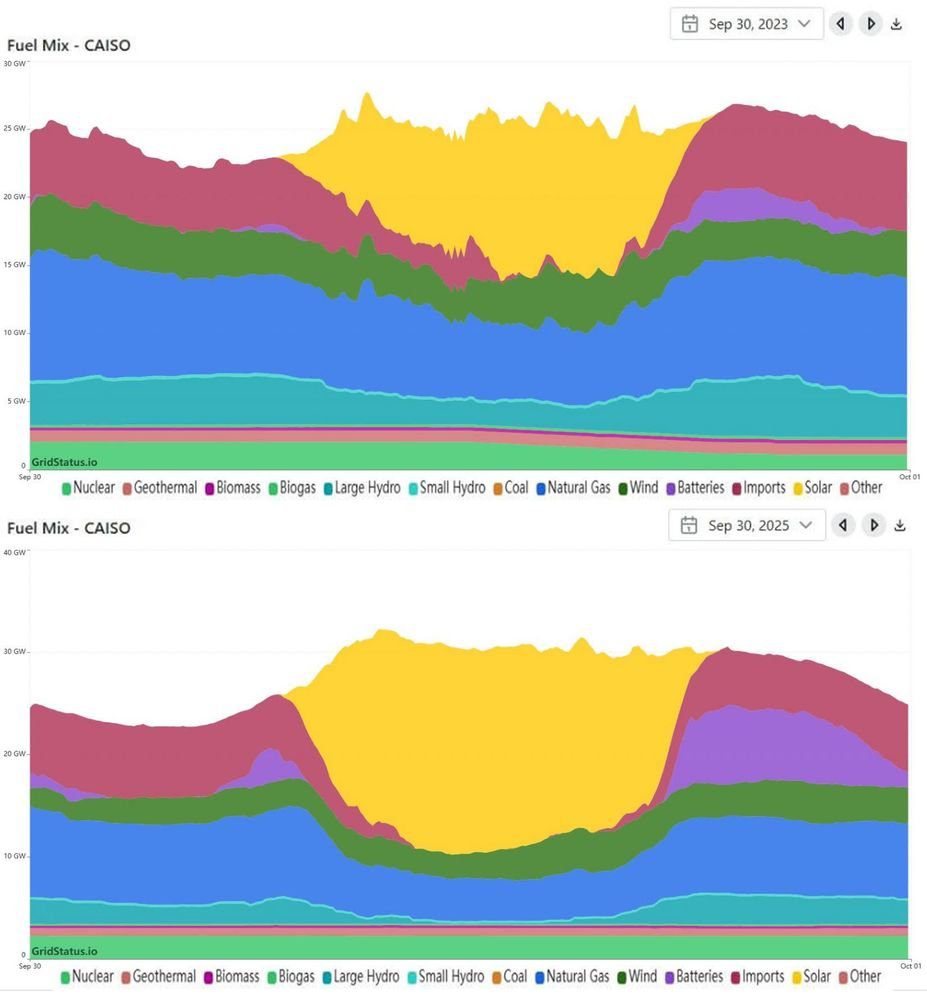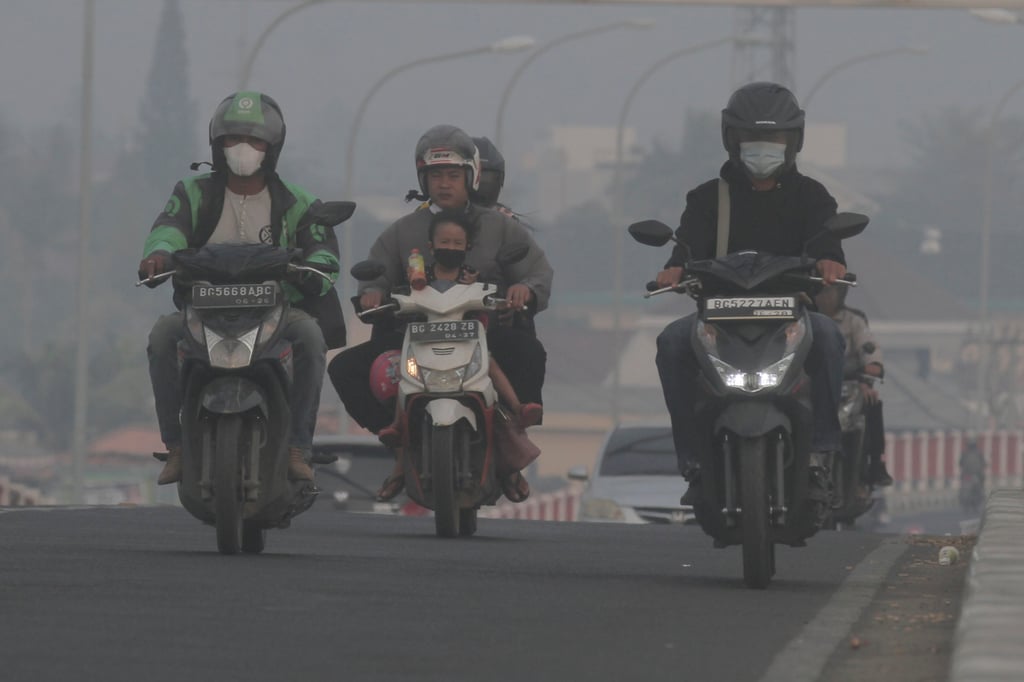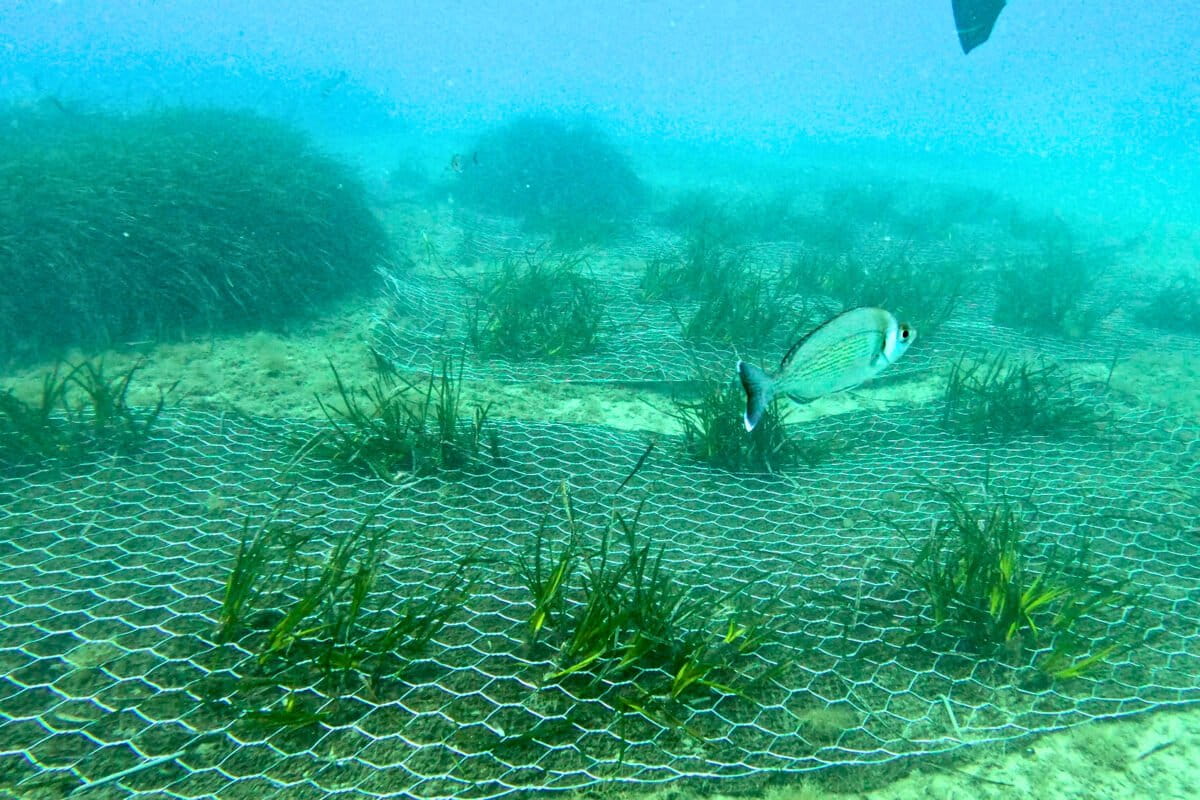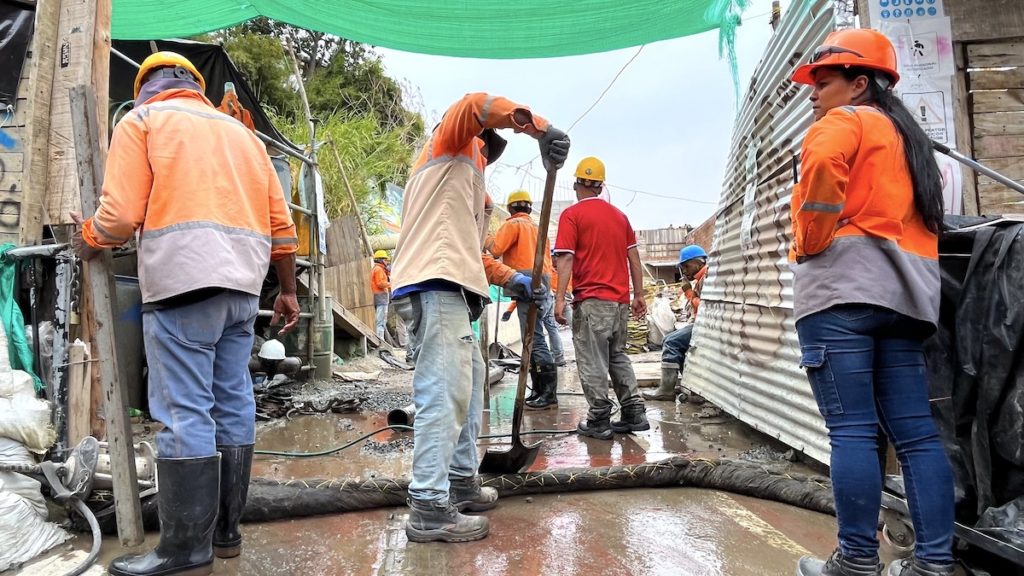Environmental Impact Assessment Legally Required in Curaçao, Even Without Local Legislation – Curaçao Chronicle

Report on the Legal Mandate for Environmental Impact Assessments in Curaçao and Alignment with Sustainable Development Goals
1.0 Introduction
A report by biologist and legal expert Jeff Sybesma asserts that Environmental Impact Assessments (EIAs) are a legal requirement for many projects in Curaçao, despite the absence of specific national legislation detailing the process. This obligation stems from a combination of international treaties, existing national ordinances, and judicial precedents. The implementation of EIAs is a critical mechanism for ensuring that development aligns with the United Nations Sustainable Development Goals (SDGs), particularly those concerning environmental protection, public health, and institutional accountability.
2.0 The Legal Framework for Environmental Assessments
An EIA is a proactive study to evaluate the potential environmental consequences of a proposed project, enabling preventative measures to protect natural habitats and community well-being. The argument posits that the government of Curaçao cannot use the lack of formal procedural rules as a justification for non-compliance. The legal foundation for this requirement is multi-faceted.
2.1 International and National Ordinances
The legal mandate for EIAs is anchored in several key legal instruments that compel the government to act in accordance with principles of sustainable development.
- National Ordinance on Nature Conservation and Management (LvGNat): This ordinance incorporates the SPAW Protocol of the Cartagena Convention, which legally requires prior environmental assessments for projects that could negatively impact protected species and ecosystems. This directly supports SDG 14 (Life Below Water) and SDG 15 (Life on Land) by safeguarding biodiversity.
- Maritime Management Ordinance: This law implicitly requires assessments for activities affecting marine environments, reinforcing commitments to SDG 14.
- Nuisance Ordinance of 1994: This ordinance contains provisions allowing the government to designate activities that require an EIA, providing a legal pathway to enforce environmental due diligence for industrial projects, which is central to SDG 11 (Sustainable Cities and Communities) and SDG 12 (Responsible Consumption and Production).
3.0 Judicial Precedent and International Standards
Case law further solidifies the obligation to conduct EIAs, establishing a clear expectation for the government to uphold international standards and protect fundamental human rights.
- The 2020 Isla Refinery Case: The court ruled that in the absence of local standards, international benchmarks (such as those from the World Health Organization) must be applied. This principle extends to EIA methodologies, meaning established systems (e.g., ISO standards, Dutch EIA system) should be used. This precedent is crucial for upholding SDG 3 (Good Health and Well-being) by protecting citizens from environmental health risks.
- European Convention on Human Rights (ECHR): Serious environmental degradation can be interpreted as a violation of the right to life (Article 2) and the right to respect for private and family life (Article 8). This places a positive obligation on the state to protect its citizens, a core tenet of SDG 16 (Peace, Justice and Strong Institutions). A failure to conduct an EIA for high-risk projects, such as the restart of the Isla refinery, could therefore carry legal consequences for government bodies.
4.0 Alignment with Sustainable Development Goals (SDGs)
The requirement for EIAs is intrinsically linked to Curaçao’s commitment to the 2030 Agenda for Sustainable Development. It is a primary tool for operationalizing several key SDGs:
- SDG 16 (Peace, Justice and Strong Institutions): Mandating EIAs demonstrates institutional accountability, adherence to the rule of law, and provides public access to information and justice.
- SDG 3 (Good Health and Well-being): EIAs are essential for preventing pollution and environmental hazards that threaten public health.
- SDG 8 (Decent Work and Economic Growth): By integrating environmental safeguards, EIAs help decouple economic growth from environmental degradation, promoting sustainable economic development.
- SDG 11 (Sustainable Cities and Communities): EIAs ensure that urban and industrial development does not compromise the safety and quality of the living environment.
- SDGs 14 & 15 (Life Below Water & Life on Land): The core purpose of EIAs is to identify and mitigate harm to marine and terrestrial ecosystems, directly fulfilling the objectives of these goals.
5.0 Enforcement and Conclusion
The report emphasizes that an EIA must be an integral component of the permitting process for any large-scale or high-risk project. Citizens and organizations have legal avenues to enforce this requirement, including invoking the Public Access to Government Information Ordinance (LOB) or filing administrative appeals (LAR). This citizen-led enforcement mechanism strengthens the framework of SDG 16 by ensuring access to justice.
In conclusion, conducting an EIA is not merely a matter of sound policy but a legal necessity for Curaçao. It is a fundamental instrument for balancing economic development with environmental stewardship and social responsibility, ensuring the nation’s progress is both sustainable and compliant with its international and domestic legal obligations.
Analysis of Sustainable Development Goals (SDGs) in the Article
1. Which SDGs are addressed or connected to the issues highlighted in the article?
- SDG 3: Good Health and Well-being
- SDG 11: Sustainable Cities and Communities
- SDG 14: Life Below Water
- SDG 15: Life on Land
- SDG 16: Peace, Justice and Strong Institutions
- SDG 17: Partnerships for the Goals
2. What specific targets under those SDGs can be identified based on the article’s content?
-
SDG 3: Good Health and Well-being
- Target 3.9: By 2030, substantially reduce the number of deaths and illnesses from hazardous chemicals and air, water and soil pollution and contamination.
Explanation: The article references the 2020 Isla Refinery case, where the court ruled that international standards from the World Health Organization (WHO) must be used when local ones are absent. This implies a concern for public health impacts from industrial pollution. Furthermore, it mentions that serious environmental harm could violate the “right to life” under the European Convention on Human Rights (ECHR), directly linking environmental quality to human health and well-being.
- Target 3.9: By 2030, substantially reduce the number of deaths and illnesses from hazardous chemicals and air, water and soil pollution and contamination.
-
SDG 11: Sustainable Cities and Communities
- Target 11.6: By 2030, reduce the adverse per capita environmental impact of cities, including by paying special attention to air quality and municipal and other waste management.
Explanation: The article discusses the need to balance economic development with environmental protection in the context of large infrastructure and industrial projects on Curaçao, such as the Isla refinery. The call for Environmental Impact Assessments (EIAs) is a direct mechanism to manage and mitigate the environmental impact of such projects on the living environment. The mention of the Nuisance Ordinance of 1994 also points to managing the environmental effects of activities within communities.
- Target 11.6: By 2030, reduce the adverse per capita environmental impact of cities, including by paying special attention to air quality and municipal and other waste management.
-
SDG 14: Life Below Water
- Target 14.2: By 2020, sustainably manage and protect marine and coastal ecosystems to avoid significant adverse impacts, including by strengthening their resilience, and take action for their restoration in order to achieve healthy and productive oceans.
Explanation: The article explicitly cites the SPAW Protocol of the Cartagena Convention, which requires prior environmental assessments for projects that could negatively impact protected species and habitats. It also mentions the Maritime Management Ordinance as a legal foundation for EIAs, directly linking the discussion to the protection of marine environments.
- Target 14.2: By 2020, sustainably manage and protect marine and coastal ecosystems to avoid significant adverse impacts, including by strengthening their resilience, and take action for their restoration in order to achieve healthy and productive oceans.
-
SDG 15: Life on Land
- Target 15.5: Take urgent and significant action to reduce the degradation of natural habitats, halt the loss of biodiversity and, by 2020, protect and prevent the extinction of threatened species.
Explanation: The article’s central argument is based on the National Ordinance on Nature Conservation and Management, which, through the SPAW Protocol, protects endangered species and ecosystems. The purpose of an EIA, as stated in the article, is to “prevent harm to nature and the living environment,” which directly supports the goal of protecting biodiversity and habitats on land. - Target 15.9: By 2020, integrate ecosystem and biodiversity values into national and local planning, development processes, poverty reduction strategies and accounts.
Explanation: The article argues that an EIA must be an “integral part of the permitting process for large-scale or high-risk projects.” This is a direct call to integrate environmental and biodiversity considerations into development planning processes on Curaçao.
- Target 15.5: Take urgent and significant action to reduce the degradation of natural habitats, halt the loss of biodiversity and, by 2020, protect and prevent the extinction of threatened species.
-
SDG 16: Peace, Justice and Strong Institutions
- Target 16.3: Promote the rule of law at the national and international levels and ensure equal access to justice for all.
Explanation: The article is fundamentally about the rule of law. It argues that EIAs are legally required based on existing international treaties, national ordinances, and court rulings. It also highlights that citizens can enforce this requirement through legal procedures like an administrative appeal (LAR) in court, thus ensuring access to justice. - Target 16.6: Develop effective, accountable and transparent institutions at all levels.
Explanation: The article criticizes the government for “hiding behind the absence of formal rules” and calls for proper environmental due diligence. Requiring EIAs makes the permitting process more transparent and holds the government accountable for its decisions regarding environmental protection. - Target 16.10: Ensure public access to information and protect fundamental freedoms, in accordance with national legislation and international agreements.
Explanation: The article mentions that citizens and stakeholders can demand an EIA by “invoking the Public Access to Government Information Ordinance (LOB).” This directly relates to the public’s right to access information held by government institutions.
- Target 16.3: Promote the rule of law at the national and international levels and ensure equal access to justice for all.
-
SDG 17: Partnerships for the Goals
- Target 17.16: Enhance the global partnership for sustainable development, complemented by multi-stakeholder partnerships that mobilize and share knowledge, expertise, technology and financial resources.
Explanation: The article highlights the importance of international cooperation by citing international treaties (Cartagena Convention, ECHR) and standards (WHO, ISO, Dutch EIA system) as the basis for legal obligations in Curaçao. This demonstrates how international partnerships and frameworks provide the knowledge and legal expertise needed to achieve local sustainability goals.
- Target 17.16: Enhance the global partnership for sustainable development, complemented by multi-stakeholder partnerships that mobilize and share knowledge, expertise, technology and financial resources.
3. Are there any indicators mentioned or implied in the article that can be used to measure progress towards the identified targets?
-
For Targets 14.2, 15.5, and 15.9
- Indicator: Number of projects subject to a mandatory Environmental Impact Assessment (EIA).
Explanation: The article’s main focus is the legal requirement for EIAs for projects that could harm nature. Tracking the number of EIAs conducted for large-scale projects would measure the extent to which environmental considerations are being integrated into development planning.
- Indicator: Number of projects subject to a mandatory Environmental Impact Assessment (EIA).
-
For Targets 16.3 and 16.10
- Indicator: Existence of national legislation and procedures for environmental protection and access to information.
Explanation: The article discusses the National Ordinance on Nature Conservation, the Nuisance Ordinance, the Public Access to Government Information Ordinance (LOB), and the administrative appeal process (LAR). The existence, enforcement, and use of these legal tools are direct indicators of progress. - Indicator: Number of legal actions (e.g., LAR appeals) or information requests (e.g., LOB requests) by citizens concerning environmental matters.
Explanation: The article states that citizens can use LAR and LOB to demand an EIA. An increase in the use of these tools would indicate greater public engagement and enforcement of environmental justice.
- Indicator: Existence of national legislation and procedures for environmental protection and access to information.
-
For Targets 3.9 and 17.16
- Indicator: Adoption of international standards in national policy and legal rulings.
Explanation: The article explicitly mentions the court’s use of WHO standards in the Isla Refinery case and suggests applying ISO standards or the Dutch EIA system. The formal adoption or reference to these international standards in local legal and administrative procedures serves as a clear indicator of progress.
- Indicator: Adoption of international standards in national policy and legal rulings.
4. Table of SDGs, Targets, and Indicators
| SDGs | Targets | Indicators Identified in the Article |
|---|---|---|
| SDG 3: Good Health and Well-being | 3.9: Reduce deaths and illnesses from pollution and contamination. | Adoption and enforcement of international health standards (e.g., WHO) in legal rulings concerning industrial pollution. |
| SDG 11: Sustainable Cities and Communities | 11.6: Reduce the adverse per capita environmental impact of cities. | Requirement of EIAs for large infrastructure and industrial projects (e.g., Isla refinery). |
| SDG 14: Life Below Water | 14.2: Sustainably manage and protect marine and coastal ecosystems. | Implementation of national legislation (Maritime Management Ordinance) based on international agreements (SPAW Protocol). |
| SDG 15: Life on Land | 15.5: Halt biodiversity loss and protect threatened species. | Enforcement of the National Ordinance on Nature Conservation and Management. |
| 15.9: Integrate ecosystem and biodiversity values into national and local planning. | Integration of EIAs as a mandatory part of the permitting process for high-risk projects. | |
| SDG 16: Peace, Justice and Strong Institutions | 16.3: Promote the rule of law and ensure equal access to justice. | Use of legal procedures by citizens, such as administrative appeals (LAR), to enforce environmental law. |
| 16.6: Develop effective, accountable and transparent institutions. | The legal obligation for the government to conduct EIAs despite the lack of detailed local legislation. | |
| 16.10: Ensure public access to information. | Use of the Public Access to Government Information Ordinance (LOB) by citizens to demand information and EIAs. | |
| SDG 17: Partnerships for the Goals | 17.16: Enhance the global partnership for sustainable development. | Application of international methodologies and standards (ISO, Dutch EIA system, ECHR) in the absence of local ones. |
Source: curacaochronicle.com

What is Your Reaction?
 Like
0
Like
0
 Dislike
0
Dislike
0
 Love
0
Love
0
 Funny
0
Funny
0
 Angry
0
Angry
0
 Sad
0
Sad
0
 Wow
0
Wow
0















;Resize=805#)


